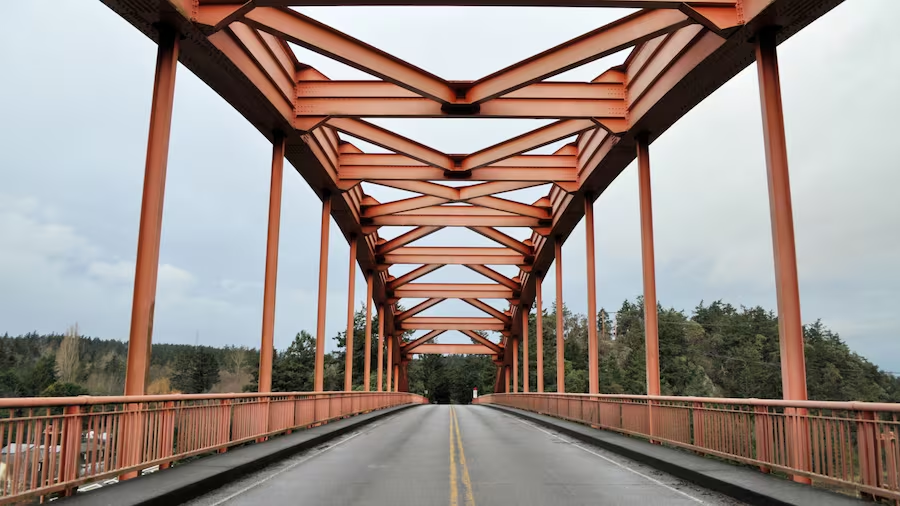Trek through a landscape of rocky coastal inlets, evergreen forests and rolling sand dunes in one of the most beautiful corners of Whidbey Island.
Deception Pass State Park is one of the most popular areas of natural beauty on Whidbey Island. Miles of walking routes, historic landmarks and rugged coastline cover the breadth of this 4,134-acre (1,673-hectare) park. Try out adventure sports or simply come to enjoy the spectacular beaches and lakes.
Deception Pass was so named by Captain George Vancouver in the late 18th century when he mistook Whidbey Island for a peninsula of mainland Washington. Drive around roads that were built in the 1930s by the Civilian Conservation Corps, who developed the park in spite of little funding and no park staff.
Cross the mighty cantilever bridge from mainland Washington into Deception Pass. The structure spans almost 1,500 feet (457 meters) of water and towers at about 180 feet (55 meters) above the water.
Hike along 38 miles (61 kilometers) of trails that wind around the coast and through the forests. Mountain biking routes crisscross the park and horse riders can saddle up for a trek through the scenery.
Take binoculars and long camera lenses for the chance to spot the abundant animal and bird life in Deception Pass. Over 170 different species of bird, including ospreys, woodpeckers and eagles, live in the biodiverse parkland.
Get out your camera to capture shots of the park’s isolated, beautiful beaches. Look for views of the Olympic Mountains from West Beach and search for crabs in the tide pools of Rosario Beach.
Bring along a picnic and stop for lunch with scenic views at one of over 300 picnic tables in the park. Reserve a kitchen shelter to cook up a hot lunch in the park. In summer, take a seat at the open-air amphitheater for lectures and other events.
Day visitors in vehicles require a Discover Pass for access to Washington’s state parks. Find an automated pay station at the entrance to the Deception Pass State Park, then drive to one of several parking lots available on the site.






